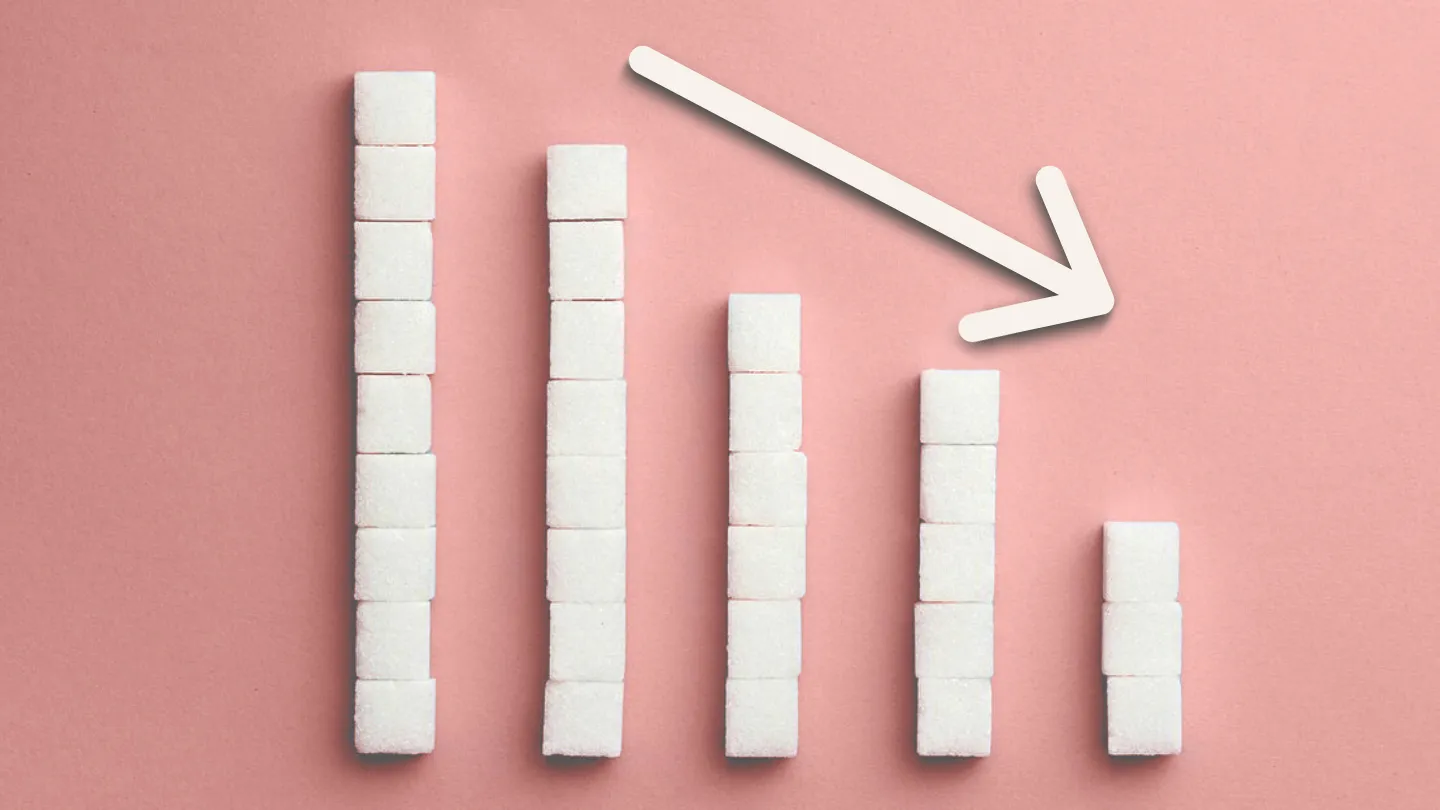Test your blood sugar. If you recognize any of these symptoms and believe your blood sugar may be too low, test your levels with your glucose meter, Dr. Tan says, even if you have a personal continuous glucose monitor (CGM). Anything less than 70 mg/dL is considered low. But target levels are often individualized, so talk with your healthcare provider about your optimal numbers, Tan adds.
Eat or drink fast-acting carbs. If you have low blood sugar, you need to take action right away. Your best bet is to consume about 15 grams (g) of carbohydrates. Some options include:
- ½ cup or 4 ounces (oz) of orange or apple juice
- ½ cup or 4 oz of regular soda (not diet)
- 1 tablespoon (tbsp) of sugar dissolved in water
- 1 tbsp of honey or maple syrup
- 3 hard candies
- 2 tbsp of raisins
- ½ cup of applesauce
You can also take three to four glucose tablets or a tube of glucose gel, Dr. Galindo says. It is important not to treat low glucose with foods like chocolate or cake. These foods are high in fat and may not allow the sugar to be absorbed quickly enough.
Wait 15 minutes, then retest. The next step is to wait 15 minutes, then test your blood sugar again. If it’s still less than 70 mg/dL, repeat the steps: Eat another 15 g of carbs, wait another 15 minutes, and retest. “You need to repeat these steps until your blood sugar is corrected,” Galindo says.
When to call your doctor. If you’re having trouble keeping your blood sugar up, call your doctor or go to the nearest emergency room. You may also want to use glucagon, a hormone that tells your liver to release stored glucose. You can take it either as an injection (Gvoke) in the butt, thigh, or arm, or as an intranasal spray (Baqsimi). If you’re unable to administer it yourself, your friends and family can do it for you. Untreated hypoglycemia could cause you to have a seizure or lose consciousness.
Read the full article here




